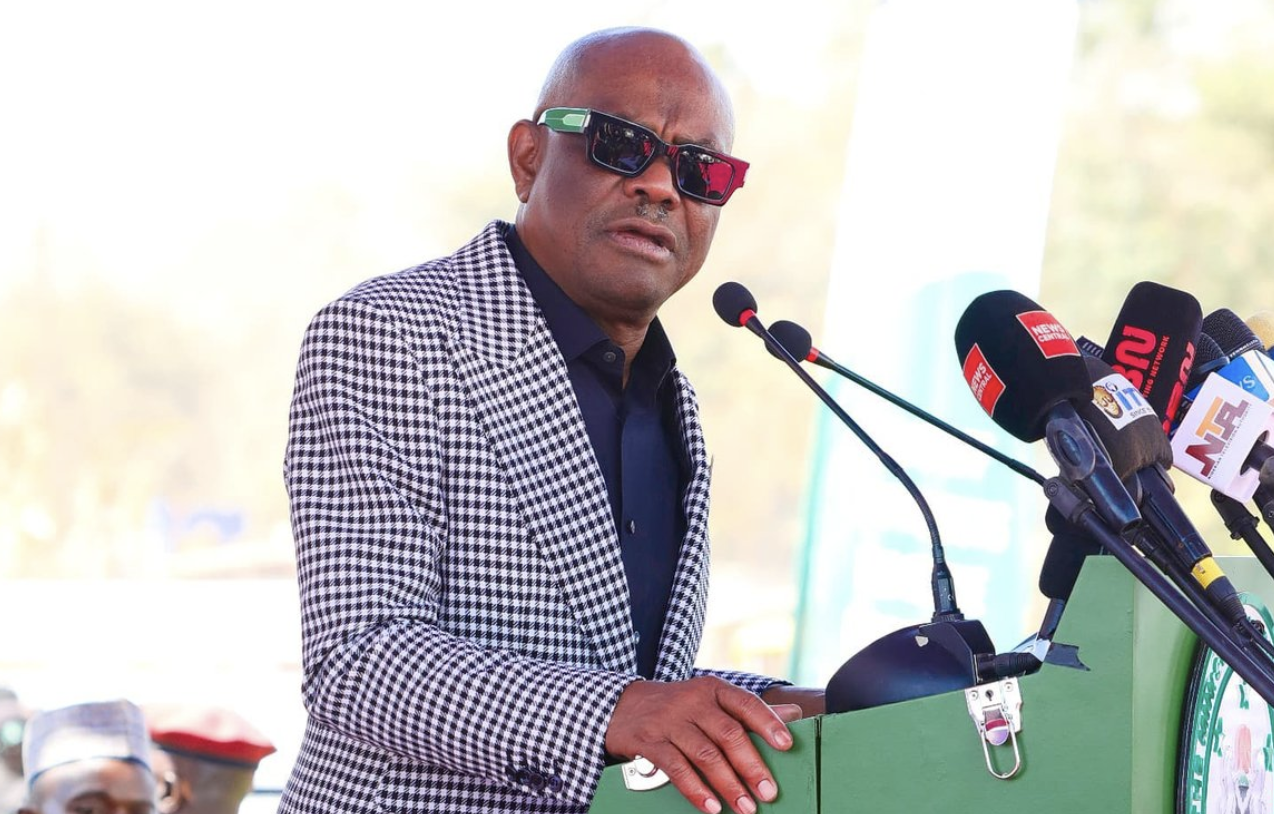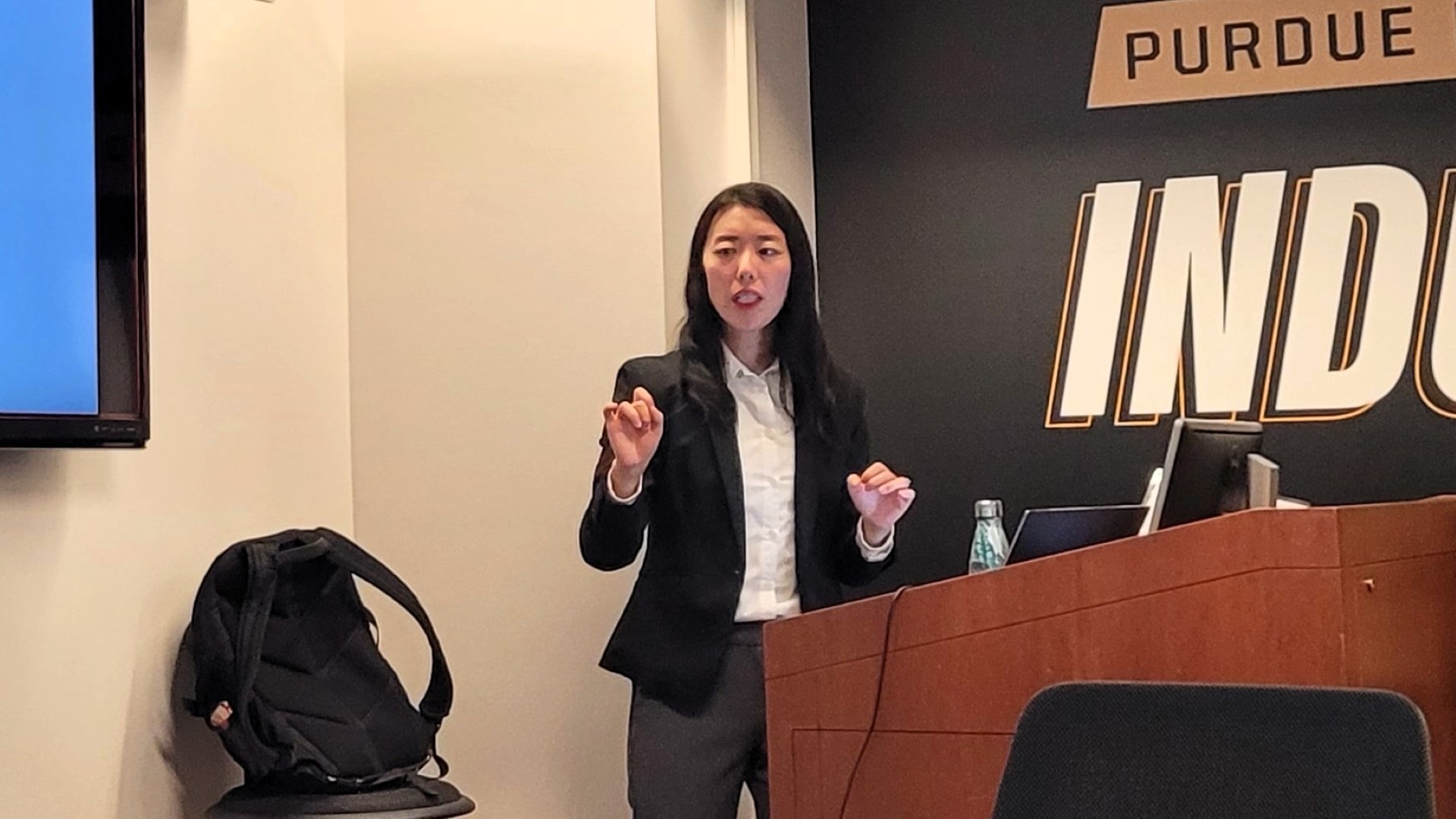Frontotemporal Dementia (FTD) Management Market to Hit USD 626.4M by 2035
The global is estimated to be valued at USD 396.1 million in 2025 and is forecast to grow to USD 626.4 million by 2035, advancing at a CAGR of 4.7% during the forecast period.
The frontotemporal dementia (FTD) management market is gaining increasing attention in the healthcare industry. Frontotemporal dementia is a group of brain disorders that primarily affect the frontal and temporal lobes of the brain, often leading to changes in behavior, personality, and language skills. With growing awareness and advancements in diagnostic techniques, the global frontotemporal dementia (FTD) management market is expanding steadily.
This market includes therapeutic drugs, diagnostic tools, and supportive care solutions aimed at managing the symptoms and progression of the disease. The growing elderly population, rising prevalence of neurodegenerative disorders, and investments in neuroscience research are fueling demand for effective FTD management strategies. Public and private organizations are investing in R&D to improve the quality of life for patients, contributing further to the market’s growth trajectory.
The frontotemporal dementia (FTD) management market is projected to grow significantly over the next decade. With increasing recognition of early symptoms and improvements in diagnostic accuracy, more patients are being identified and managed appropriately. Additionally, pharmaceutical companies are developing novel treatments that aim to slow disease progression and alleviate symptoms.
In recent years, the market has witnessed a rise in clinical trials, partnerships between biotech firms, and collaborations with academic institutions. This trend is expected to continue as the need for targeted therapies becomes more urgent.
Despite its promising outlook, the frontotemporal dementia (FTD) management market faces several hurdles. One of the primary challenges is the difficulty in early diagnosis. FTD is often misdiagnosed as Alzheimer’s or psychiatric disorders due to overlapping symptoms. Limited public awareness and insufficient healthcare provider training also contribute to delays in diagnosis and treatment.
However, these challenges present significant opportunities for stakeholders. Developing reliable biomarkers and improved imaging techniques could revolutionize early detection. Personalized medicine and gene-targeted therapies are on the horizon, opening new avenues for treatment. Public-private partnerships and increased government funding can help bridge research gaps and drive innovation.
The frontotemporal dementia (FTD) management market shows varied performance across different regions. North America leads the global market due to its advanced healthcare infrastructure, higher awareness levels, and strong presence of pharmaceutical giants. The U.S. accounts for a major share, supported by ongoing clinical research and government support for dementia initiatives.
Global disparities in access to healthcare and research funding have created uneven growth patterns. However, international collaborations and efforts to standardize care are helping bridge these gaps.
Several pharmaceutical and biotech companies are investing in frontotemporal dementia (FTD) management market solutions. These players are focusing on product development, clinical trials, and strategic alliances to gain competitive advantage.
These companies are exploring novel therapeutic targets and working with research institutions to accelerate innovation and bring effective treatments to market.
Segmentation Outlook
The frontotemporal dementia (FTD) management market can be segmented based on treatment type, diagnosis, and end-user.
Segmentation breakdown:












